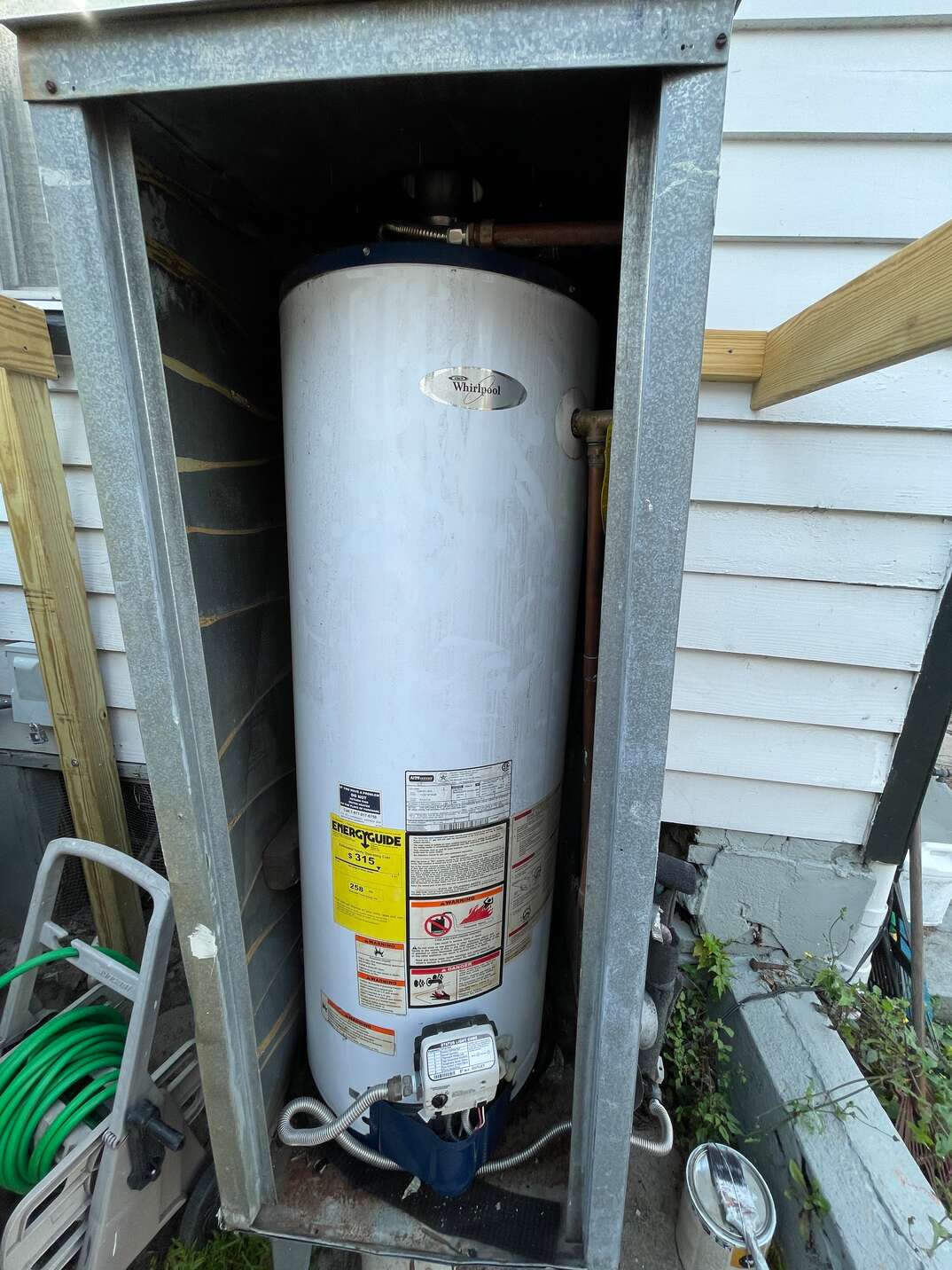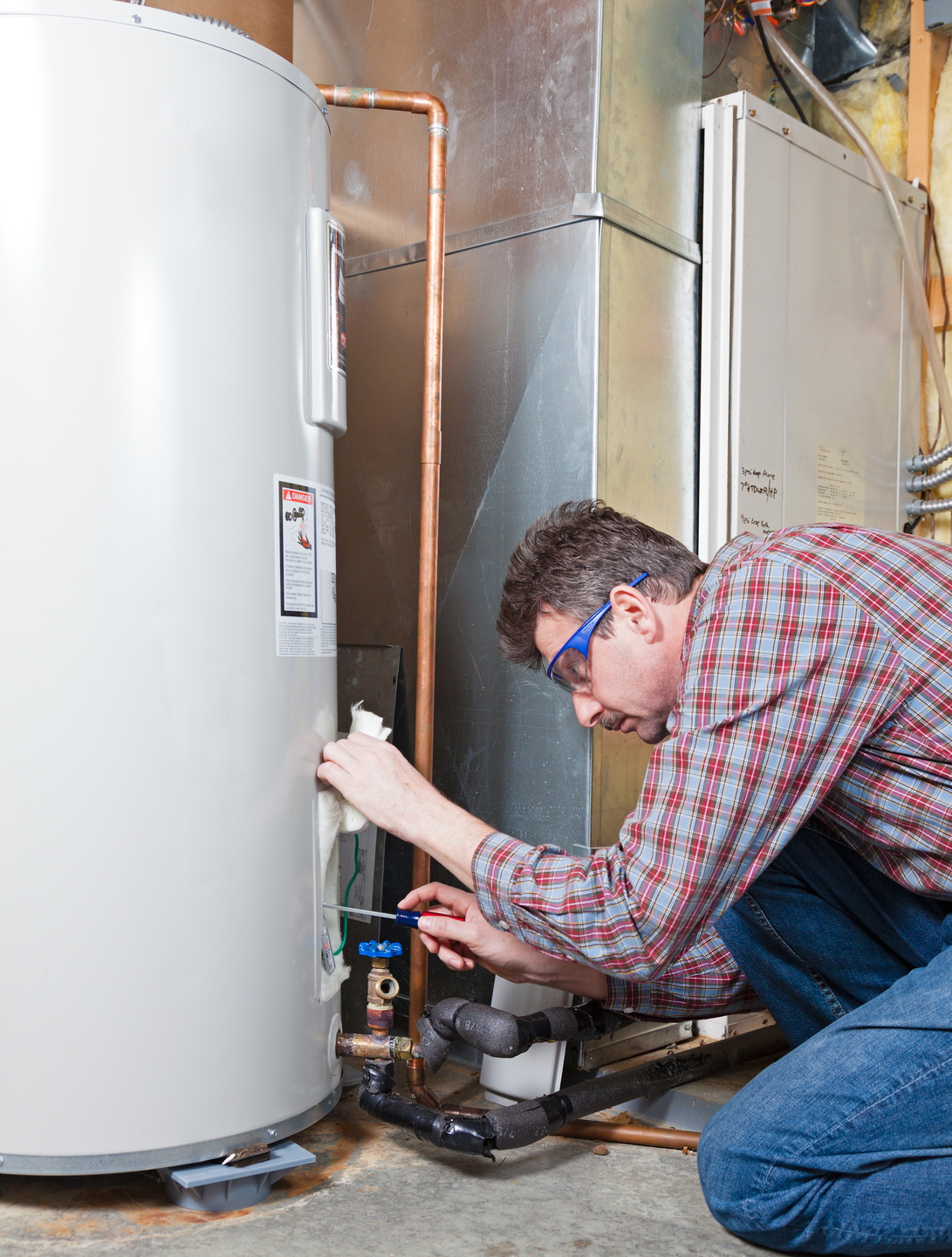Do It Yourself Water Heating System Installation: Necessary Steps for Success
When thinking about a DIY water heating unit installment, it is vital to approach the task with a methodical mindset, as the procedure entails several vital steps that can considerably affect both security and effectiveness. Selecting the suitable water heating system for your details demands is just the start; preparing the installation area and understanding the necessary tools and products are just as vital.
Selecting the Right Hot Water Heater
When selecting a water heating system, it is important to take into consideration numerous key variables to make sure optimal performance and efficiency - water heater installation Buena Park. Firstly, assess the type of water heating unit that ideal suits your requirements. Choices include tankless, tank, and heat pump hot water heater, each offering distinct advantages in terms of energy efficiency and area requirements
A larger household might call for a system with a higher gallon capability or a tankless system that can offer continuous warm water. Each energy kind has ramifications for installation prices and long-term energy costs.
Energy effectiveness is another vital factor. By very carefully evaluating these aspects, you can choose a water heater that lines up with your family's details requirements, making sure comfort and performance for years to come.
Tools and Products Needed
Efficiently mounting a water heating system calls for not just the appropriate option of device yet likewise the ideal devices and materials. Prior to starting your DIY job, guarantee you have a thorough listing of items to assist in a smooth installation process.
Important devices include a pipe wrench, adjustable pliers, and a screwdriver set (both flathead and Phillips), which will assist you handle different installations and links. In addition, a drill with appropriate little bits is required for installing braces or making any kind of needed holes. For security, a voltage tester is critical, specifically when dealing with electrical water heating systems.
You will certainly additionally need an adaptable water supply line, which can be either knotted stainless steel or PVC, depending on your choices and regional codes. By collecting these products and tools in advance, you set the phase for an effective water heating unit setup.
Getting Ready For Installment
Before beginning the installment of your hot water heater, it is critical to examine the setup website to ensure it meets all needed demands. Start by confirming that the area is well-ventilated, particularly for gas hot water heater, to stop the buildup of harmful gases. Look for the accessibility of necessary links, including water system lines and electric outlets, guaranteeing they are in great problem and properly located.

This proactive strategy not only makes certain conformity with neighborhood structure codes however additionally boosts the longevity and effectiveness of the water heater. Proper prep work establishes the phase for a smooth setup procedure and assists protect against unforeseen issues.
Step-by-Step Installment Process
With the prep work complete and all essential assessments performed, the next stage involves the detailed installment of your water heater. For tank-type water heating systems, connect the cold water supply line to the inlet, typically noted in blue, and the hot water line to the electrical outlet, generally marked in red.
Following, secure the temperature level and you could check here stress safety valve, which is crucial for safety. Affix the discharge pipeline to this shutoff, routing it towards the floor or an appropriate water drainage location. For electrical versions, attach the power supply by stripping the wires and securing them to the heating unit's terminals according to the supplier's instructions.
If you are mounting a gas hot water heater, make certain the gas line is connected appropriately and check for leaks using a soap option. Besides connections are made, load the tank with water before transforming on the power or gas supply. Finally, enable the hot water heater to get to visit their website the wanted temperature and check for any leaks around all connections.
Ensuring Safety And Security and Effectiveness
Frequently ensuring safety and security and efficiency during the installment and procedure of your hot water heater is essential for optimal efficiency and durability. Begin by selecting a suitable place that abides with neighborhood building codes and supplies appropriate air flow. Make certain that the location is without flammable products and has enough area for upkeep and assessments.

After installment, conduct normal examine the unit to identify leakages, rust, or uncommon noises. Establish the thermostat to a secure temperature level, commonly around 120 ° F, to avoid scalding and boost power performance. Insulate pipelines to minimize warmth loss, which adds to decrease power costs.
Final Thought
Finally, successful DIY hot water heater setup hinges on cautious planning and implementation. Selecting the ideal hot water heater, preparing the setup location, and adhering to a systematic installment procedure are important steps. Sticking to security guidelines throughout the setup makes certain both safety and efficiency. Furthermore, routine upkeep checks post-installation will certainly add to the optimum efficiency of the hot water heater, inevitably improving the longevity and performance of the system. Appropriately setting the thermostat additionally makes sure secure operation.
When thinking about a DIY water heating unit setup, it is necessary to come close to the job with a systematic mindset, as the process entails a number of vital steps that can considerably influence both safety and security and performance.Prior to starting the installation of your water heating unit, it is essential to evaluate the installment site to guarantee it meets all needed requirements. For tank-type water heaters, attach the cool water supply line to the inlet, commonly noted in blue, and the warm water line to the electrical outlet, normally assigned this post in red.Consistently making sure safety and security and performance during the installment and operation of your water heating system is important for optimum performance and long life. Choosing the appropriate water heating system, preparing the setup area, and adhering to an organized installment process are essential actions.